Disclosure: This article contains affiliate links. We may earn a commission from purchases at no extra cost to you, which helps our travel content.
The morning sun casts long shadows across the red earth as I sip strong Congolese coffee on my guesthouse veranda in Mbuji-Mayi. Children's laughter drifts from a nearby schoolyard, reminding me of my classroom back in Santa Ana, though I'm now worlds away in the heart of the Democratic Republic of Congo's diamond capital. This isn't my first journey to places less traveled—my drone has captured vistas from Quebec's wilderness to Czech mountaintops—but the Kasai region offers something profoundly different: a cultural richness that sparkles more brilliantly than the diamonds that made this city famous. Over the next two weeks, I'll share how to move beyond the industrial facade of Mbuji-Mayi to connect with the true treasures of Kasai: its people, traditions, and remarkable resilience. Allons-y, mes amis! This cultural immersion isn't for the novice traveler, but for those willing to venture beyond comfort zones, the rewards are immeasurable.
Preparing for Cultural Complexity
When I first considered Mbuji-Mayi for my winter escape from California, many raised eyebrows. The DRC doesn't typically make bucket lists, and this industrial mining center even less so. But after 20+ years of cultural travel photography, I've learned that places with complex reputations often hold the most authentic human connections.
Preparing for Mbuji-Mayi requires more than the usual packing list. Beyond my trusty travel journal where I sketch local patterns and jot down Tshiluba phrases I'm learning, you'll need patience, cultural sensitivity, and advance arrangements.
The language landscape here is layered: French is widely spoken among officials and educated locals, while Tshiluba dominates in communities. English is limited, so I downloaded a quality translation app that works offline—essential when mobile networks become spotty in outlying villages.
Security considerations can't be ignored. While Mbuji-Mayi is generally stable compared to eastern DRC regions, arranging a local guide/interpreter is non-negotiable. Mine, Jean-Pierre, was recommended through the cultural office at the University of Mbuji-Mayi, transforming potential barriers into bridges of understanding. His family connections in surrounding villages opened doors no tourist could access alone.
Vaccinations, malaria prophylaxis, and comprehensive travel insurance that covers emergency evacuation are absolute musts—I learned this lesson years ago in remote New Zealand when a simple hiking accident became complicated without proper coverage.

💡 Pro Tips
- Arrange a local guide/interpreter through university connections before arrival
- Learn basic Tshiluba greetings beyond French—locals appreciate the effort immensely
- Bring printed photos of your home/family to share—they're excellent conversation starters
Beyond the Diamond Mines: Finding the Real Mbuji-Mayi
Mbuji-Mayi's reputation as the 'diamond capital' often overshadows its rich cultural landscape. While the MIBA diamond company dominates the city's economy, the real treasures lie in the communities that have maintained their traditions despite decades of industrial presence.
On my third day, Jean-Pierre took me beyond the city center to Bakwa Kalonji, a village where diamond mining meets traditional life. Here, unlike the industrial MIBA operations, small-scale artisanal miners work alongside community gardens and traditional craft workshops. The juxtaposition is striking—modern economic pursuits intertwined with ancestral ways of living.
The markets of Mbuji-Mayi offer another window into authentic local life. I spent hours wandering through Marché Central, where vendors sell everything from handwoven baskets to medicinal plants. My educator's instinct drew me to the fabric sellers, where women select vibrant pagnes (traditional cloth) with patterns that tell stories of cultural significance. One vendor, Mama Angelique, spent an afternoon teaching me how different designs communicate social status, marital status, and even political allegiances—a visual language I'd never have understood without her guidance.
To truly document these experiences, I relied on my mirrorless camera with a versatile lens that allowed me to capture both wide market scenes and intimate portraits after building rapport with subjects. The camera's unobtrusive size proved perfect for not drawing undue attention while still capturing professional-quality images of these cultural exchanges.
For travelers seeking authentic connection, I recommend spending at least three days exploring different markets, rotating through mornings and afternoons to witness how the social dynamics shift throughout the day. Each visit reveals new layers of community life that tourist-focused experiences simply cannot provide.
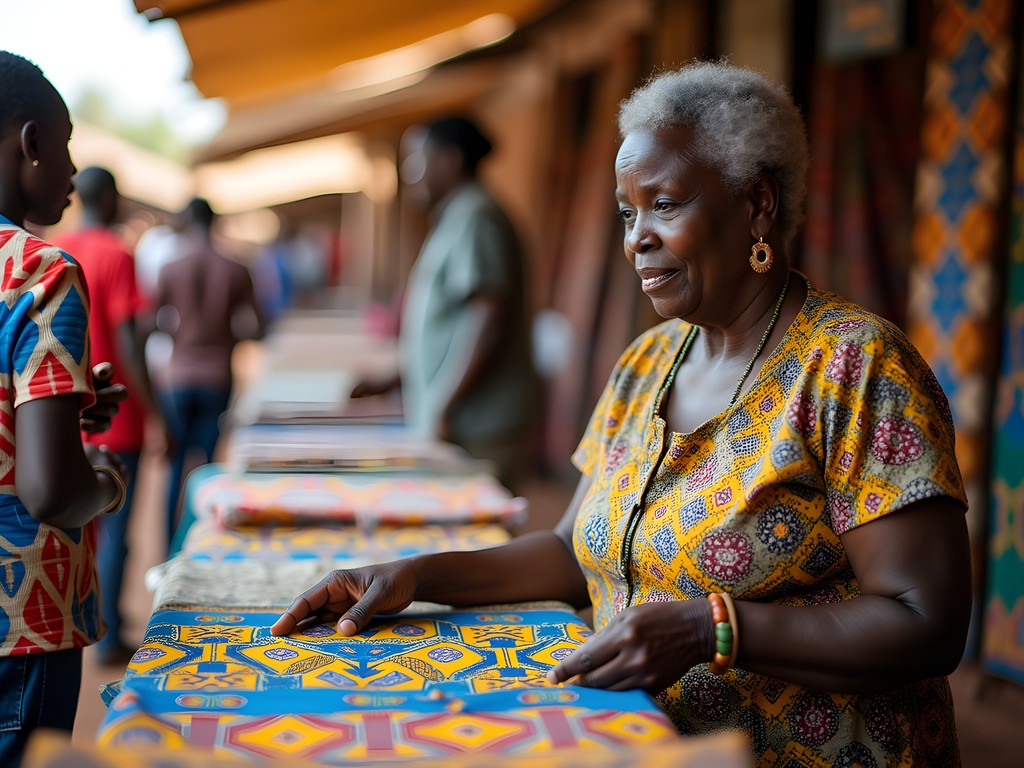
💡 Pro Tips
- Visit markets multiple times at different hours to observe changing community dynamics
- Bring small denominations of clean US dollars or Congolese francs for purchases—vendors rarely have change
- Ask permission before photographing people and offer to send prints if possible
Artisanal Traditions: The Hands That Shape Kasai Culture
As an early childhood educator who spent years helping young hands create art, I've developed a profound appreciation for craftsmanship. In Mbuji-Mayi, this appreciation deepened into reverence as I discovered how artisanal traditions serve as living cultural archives.
The Luba and Lulua peoples, predominant in the Kasai region, have maintained remarkable artistic traditions despite colonization, political upheaval, and economic challenges. In the village of Bakwa Ndoba, about 30 kilometers from central Mbuji-Mayi, I spent three unforgettable days with master woodcarvers who create ceremonial masks and sculptures that communicate ancestral wisdom.
Master carver Tshilanda welcomed me into his open-air workshop, where three generations of his family transform locally sourced hardwoods into pieces that serve both ceremonial and increasingly commercial purposes. Using tools handed down through generations alongside a few modern implements, they carve intricate geometric patterns that encode cultural stories. "Each line has meaning," Tshilanda explained through Jean-Pierre's translation. "When young people learn to carve, they are not just learning craft—they are learning history."
What struck me most was how these artisans balance tradition with innovation. While creating pieces for traditional ceremonies, they also develop items appealing to visitors—smaller sculptures, jewelry boxes, and decorative items that incorporate traditional motifs while meeting contemporary tastes. This adaptation ensures their craft remains economically viable while preserving cultural knowledge.
For women artisans, basketry and textile arts serve similar cultural purposes. In a women's cooperative in Mbuji-Mayi's Diulu district, I watched as elders taught younger women the symbolic language of basket patterns—each representing different aspects of community wisdom about relationships, agriculture, and spiritual beliefs.
To document these intricate processes, I used my macro lens to capture the detailed handwork and expressions of concentration that make these crafts so special. The lens's image stabilization proved invaluable in the natural lighting conditions of workshops without electricity.
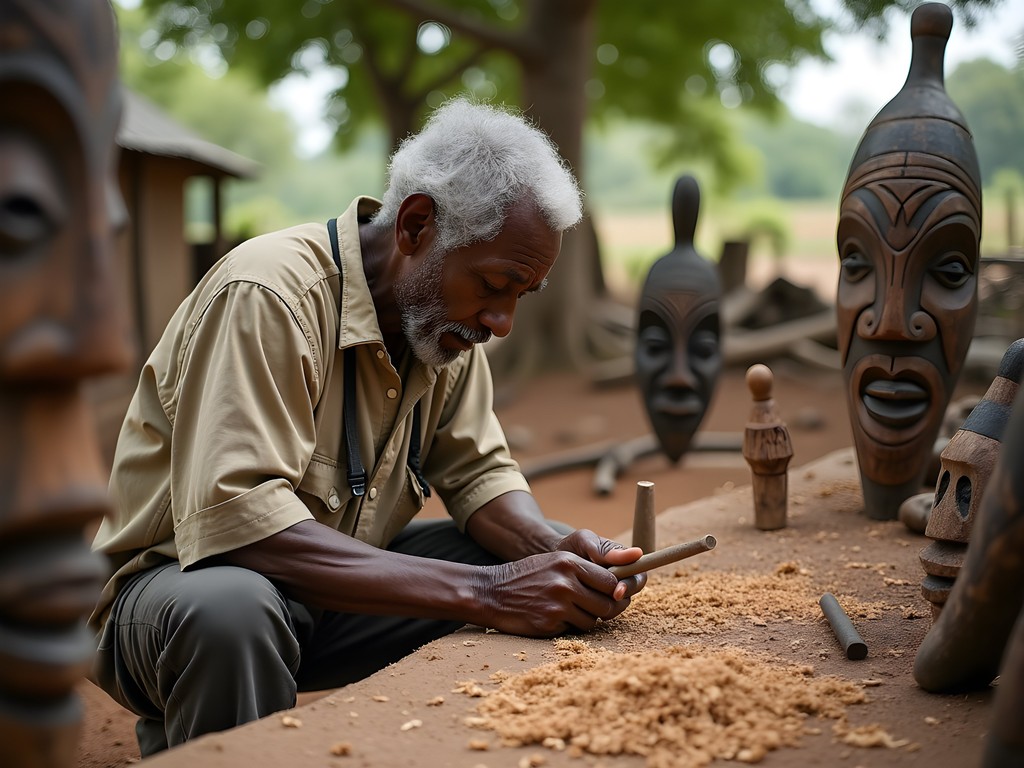
💡 Pro Tips
- Request permission to visit artisan workshops through your guide with at least 2-3 days notice
- Bring cash for purchasing crafts directly from artisans—prices are often negotiable but start with respectful offers
- Consider commissioning a small piece if staying longer—the process of creation is as valuable as the finished product
Community Celebrations: Participating Respectfully in Local Traditions
Timing can transform a standard visit into an extraordinary cultural immersion, and winter in Mbuji-Mayi (June-August) coincides with several community celebrations that reveal the heartbeat of Kasai culture. My visit fortunately aligned with a harvest celebration in a village just outside the city, providing insights no museum could offer.
Access to these events requires both luck and preparation. Jean-Pierre's family connections made my invitation possible, but travelers can increase their chances by connecting with cultural offices at local universities or religious institutions. Always approach with humility—you're being welcomed into sacred spaces, not tourist attractions.
The harvest celebration I attended began at dawn with community members gathering in age and gender groups, each with distinct roles. Women prepared enormous pots of traditional foods while elders led younger generations in songs passed down through centuries. What appeared at first glance as simple entertainment revealed itself as sophisticated cultural education—children learning agricultural wisdom, social values, and community history through participatory performance.
Dressing appropriately shows respect and helps minimize the inevitable outsider attention. I purchased a traditional pagne from the market and had it tailored locally into a simple outfit that struck the balance between respectful adaptation and cultural appropriation. My crossbody bag kept essentials secure while leaving my hands free to participate when invited—an essential feature when you're trying to document experiences while remaining present in them.
Participation comes with responsibilities. When offered food, accept graciously. When invited to join dances, attempt with enthusiasm rather than hesitation about "looking silly." My background working with children proved unexpectedly valuable—the willingness to be a beginner and learn from those younger than yourself transcends cultural boundaries.
Most importantly, recognize when to put the camera away. Some moments aren't meant to be documented but experienced. The evening culmination of the harvest celebration—where community members shared stories around fires under star-filled skies—remains vivid in my memory though not my photo collection. Sometimes the most precious souvenirs are the ones we carry only in our hearts.
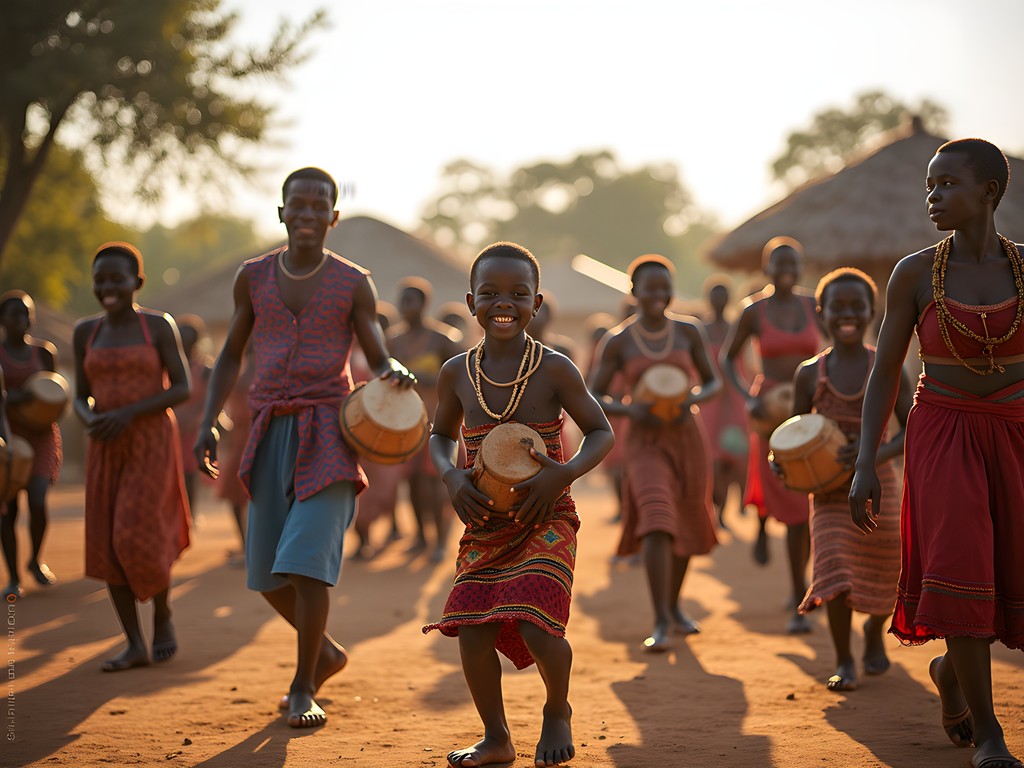
💡 Pro Tips
- Ask your guide about upcoming community events and appropriate visitor protocol
- Purchase and wear locally-made clothing for celebrations—but avoid ceremonial items reserved for community members
- Bring small, thoughtful gifts if invited to celebrations—school supplies for children or coffee/tea for elders are appreciated
Connecting Through Education: School Visits and Cultural Exchange
My career as an early childhood educator naturally draws me to classrooms wherever I travel. In Mbuji-Mayi, these visits became the most meaningful aspects of my cultural immersion, revealing both challenges and remarkable resilience in the Congolese education system.
Arranging school visits requires advance planning and proper channels. I connected through the local education ministry office, bringing an introduction letter from my school in California explaining my professional background and interest in cultural exchange. This official approach is essential—schools are understandably protective of their students and routines.
The contrasts with my Santa Ana classroom were stark. In a primary school on Mbuji-Mayi's outskirts, over sixty children shared a classroom with minimal resources—a few tattered textbooks, a small chalkboard, and exercise books carefully preserved for maximum use. Yet the teaching methodologies showed remarkable creativity in overcoming material limitations. Teachers used songs, movement, and peer teaching to create engaging lessons despite the constraints.
What struck me most was how education serves as cultural preservation. Beyond the official curriculum, teachers incorporate traditional stories, music, and art that connect children to their Luba and Lulua heritage. One teacher explained, "We must prepare them for the modern world while keeping them rooted in who they are."
Visitors with educational backgrounds can contribute meaningfully through respectful exchange. When invited to share, I demonstrated simple art techniques using locally available materials, while teachers showed me their approaches to multilingual education in a region where children navigate Tshiluba, French, and sometimes additional languages.
I documented these exchanges using my portable photo printer to create instant photographs for the classrooms—leaving tangible memories while avoiding promises to send photos that might be difficult to fulfill later. The children's delight in seeing immediate images of their classroom community was worth every bit of luggage space the printer occupied.
For travelers with teaching experience, consider bringing small, lightweight educational supplies that address specific needs identified through advance communication with schools—quality chalk, durable flashcards, or teaching guides in French can be more valuable than random donations.

💡 Pro Tips
- Contact the local education ministry office at least two weeks before planned school visits
- Bring specific educational supplies requested by schools rather than random donations
- Prepare a simple cultural exchange activity to share if invited—songs, games or art from your home country are always welcome
Final Thoughts
As my two weeks in Mbuji-Mayi draw to a close, I find myself sitting once again on that guesthouse veranda, watching the same red earth now transformed in my perception. What began as an unfamiliar landscape has become a place of connection, stories, and faces I'll carry with me long after my return to California. The true diamonds of Kasai aren't found in mines but in moments—a woodcarver's weathered hands shaping cultural memory, children's voices blending French and Tshiluba in song, the shared laughter transcending our differences. Cultural immersion in challenging destinations requires more preparation, patience, and openness than typical travel, but the authentic connections formed are incomparable. If you're considering venturing beyond tourism into true cultural exchange, remember that respect and reciprocity must guide every interaction. Jusqu'à la prochaine fois, Mbuji-Mayi. Tu as touché mon cœur.
✨ Key Takeaways
- Cultural immersion in Mbuji-Mayi requires advance preparation and local connections, but rewards with authentic experiences beyond the typical narrative of the region
- Working with community-vetted guides and interpreters is essential for meaningful access to traditions and celebrations
- Approaching communities with respect, reciprocity and genuine interest opens doors to cultural exchanges that benefit both visitors and hosts
📋 Practical Information
Best Time to Visit
June-August (dry season)
Budget Estimate
$100-150 USD daily including accommodation, guide, and transportation
Recommended Duration
Minimum 10 days, ideally 2 weeks
Difficulty Level
Challenging
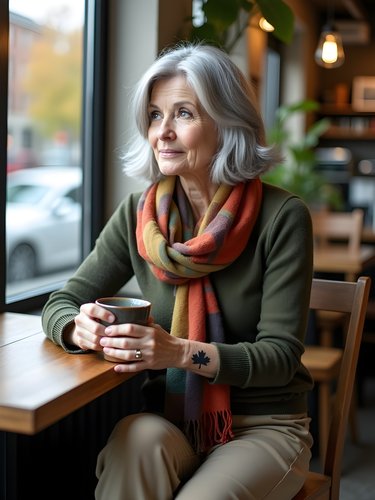
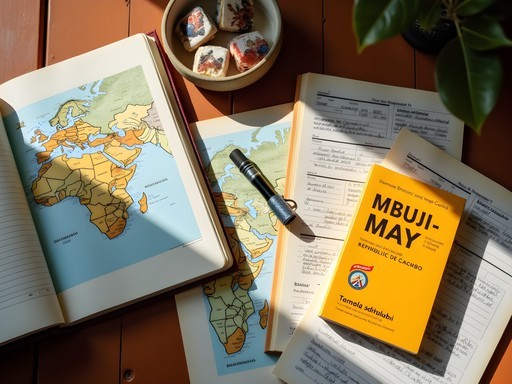


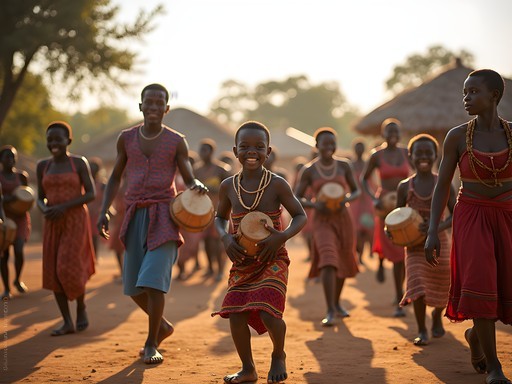
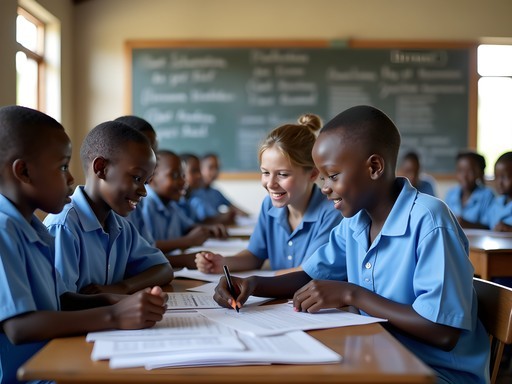


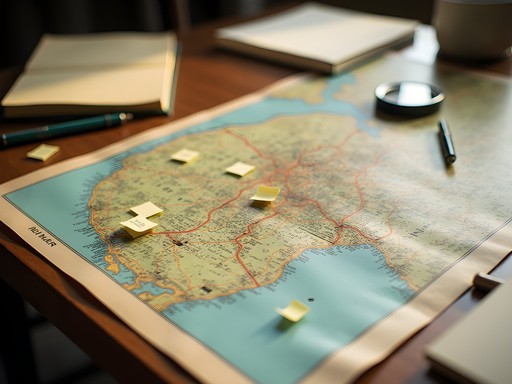





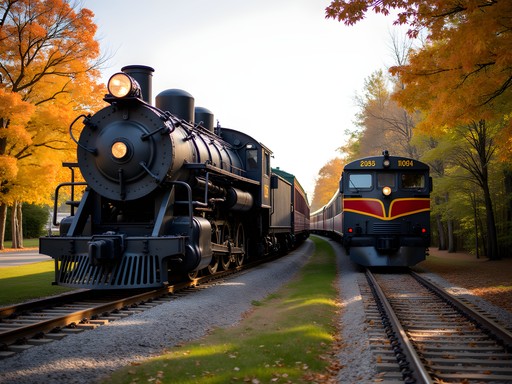
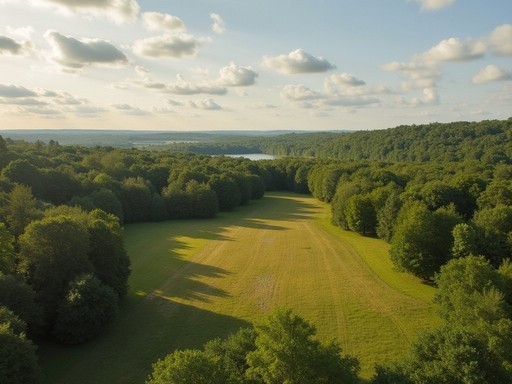
Comments
authentic_explorer
I really love your photos of the local artisans at work. The colors and expressions you captured tell such a powerful story!
travel_with_purpose
Great post! We did public transportation in Mbuji-Mayi too and it was such an adventure. The shared taxis were chaotic but so fun. Definitely bring small bills for fares - no one ever has change!
wanderstar
How did you navigate the language barrier on public transport? Was English enough or did you need French?
travel_with_purpose
Basic French helped a lot! But honestly, hand gestures and a smile got us through most situations. Having our destination written down in French was also super helpful to show drivers.
globehoppin_ann
Those artisanal traditions sound amazing! Did you bring back any handcrafted souvenirs?
luckyseeker3420
That sunset photo over the market is incredible! What camera do you use?
travelfan
Not the author but I'm guessing it's shot on a mirrorless. The colors are too rich for just a smartphone.
coffeebuddy
That shot of the sunset over the marketplace is absolutely stunning! The colors are incredible.
Riley Griffin
Stella, your post brought back vivid memories of our family's visit to the DRC last year! While we didn't make it to Mbuji-Mayi, your descriptions of community celebrations reminded me of our experience in Kinshasa. My kids still talk about the drumming circle they participated in! We found that bringing small photo books showing our hometown was an incredible icebreaker with local families. They were fascinated by images of Oklahoma, and it sparked amazing conversations despite language barriers. I used my phrasebook constantly - worth its weight in gold when trying to learn basic Tshiluba greetings. Did you find that learning some local language opened doors during your cultural immersion?
Stella Rose
Riley, that photo book idea is brilliant! Wish I'd thought of that. And yes, absolutely - even my clumsy attempts at Tshiluba phrases brought huge smiles and opened so many doors. The effort to learn even basic greetings showed respect that was deeply appreciated. How did your kids adapt to the cultural differences?
Riley Griffin
They surprised us! My 9-year-old became obsessed with the music and my 12-year-old took pages of notes about everything. Kids adapt so quickly when they're engaged. The hardest part was explaining the economic contrasts they witnessed. Did you visit any schools in Mbuji-Mayi? That was a highlight for us elsewhere in DRC.
wanderstar
This is fascinating! I've never considered the DRC as a travel destination. How did you handle safety concerns in Mbuji-Mayi? The cultural immersion sounds incredible but I'm nervous about traveling there.
Stella Rose
Hi wanderstar! Safety is definitely a valid concern. I worked with local guides recommended by my guesthouse and always researched areas before visiting. The key was building relationships with community members who could advise on current conditions. While Mbuji-Mayi has its challenges, the Kasai people were incredibly welcoming. I'd recommend connecting with NGOs operating in the region before your trip - they often have the most up-to-date safety information.
wanderstar
Thanks for the tips! Did you find it easy to find those local guides? Any specific NGOs you'd recommend contacting?
Stella Rose
My guesthouse (Kasai Welcome House) had connections with reliable guides. For NGOs, try reaching out to Médecins Sans Frontières or Peace Direct - both have operations in the region and can provide current safety assessments.
Taylor Moreau
Stella, your piece transported me back to my brief business trip to Mbuji-Mayi in 2023. While I was primarily there for meetings related to sustainable mining practices, I managed to experience some of what you've described. The resilience and creativity of the local artisans is truly remarkable. I particularly appreciated your section on respectful participation in community celebrations - the nuance you captured about asking permission before photographing ceremonies is something many travelers overlook. Did you find that learning some Tshiluba phrases opened more doors than French? In my experience, even my terrible pronunciation attempts were met with genuine appreciation.
Stella Rose
Taylor, that's exactly right! My basic Tshiluba definitely opened more doors than French, especially in the smaller communities outside the city center. People would light up when I tried even the simplest greetings. How interesting that you were there for sustainable mining work - that must have given you a unique perspective.
wanderlustway
This looks incredible but I'm a bit nervous about safety. Was traveling alone in Mbuji-Mayi okay? Any specific precautions you took?
Stella Rose
Great question! I was never truly alone - I hired a local guide recommended by my guesthouse for the first few days, which helped me get oriented and make initial connections. Common sense safety applies, but people were incredibly welcoming once proper introductions were made.
coffeebuddy
I did the same when I was in Kinshasa - having a local guide is essential. Worth every penny for both safety and cultural insights. I used my phrase book constantly too - even basic language attempts were hugely appreciated.
winterninja
Wow Stella, this is such a refreshing take on Mbuji-Mayi! Most travel coverage only mentions the diamond industry, but your focus on the people and traditions is exactly what I've been looking for. I visited the DRC briefly last year (though not Mbuji-Mayi) and found the cultural richness overwhelming in the best way. How did you arrange those home-cooking lessons you mentioned? That sounds like the perfect way to connect.
Stella Rose
Thanks so much! The cooking lessons weren't formally arranged - my guesthouse owner introduced me to his sister who loves sharing traditional recipes. Most locals are happy to welcome visitors into their kitchens if you express genuine interest and are introduced through someone they trust.
winterninja
That makes sense! Sometimes the best experiences aren't bookable online. I'll remember that approach for my next trip.
Venture X
Premium card with 2X miles, $300 travel credit, Priority Pass